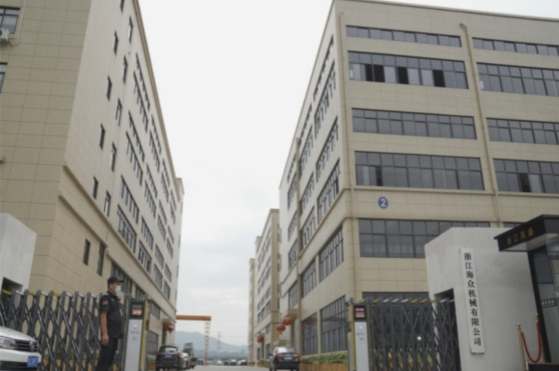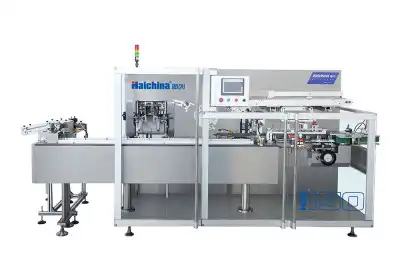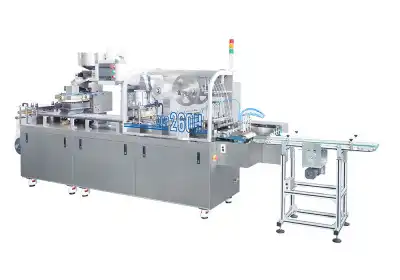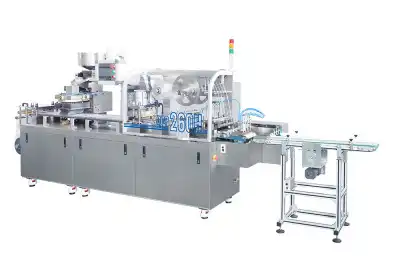Understanding Blister Packaging Fundamentals
What is Blister Packaging?
Blister packaging is a popular form of packaging that involves encasing products in a thermoformed plastic cavity or "blister" which is then sealed to a backing card. This method offers excellent product visibility, tamper-evidence, and protection against external factors. The versatility of blister packaging makes it ideal for a wide range of products, from pharmaceuticals and electronics to toys and consumer goods.
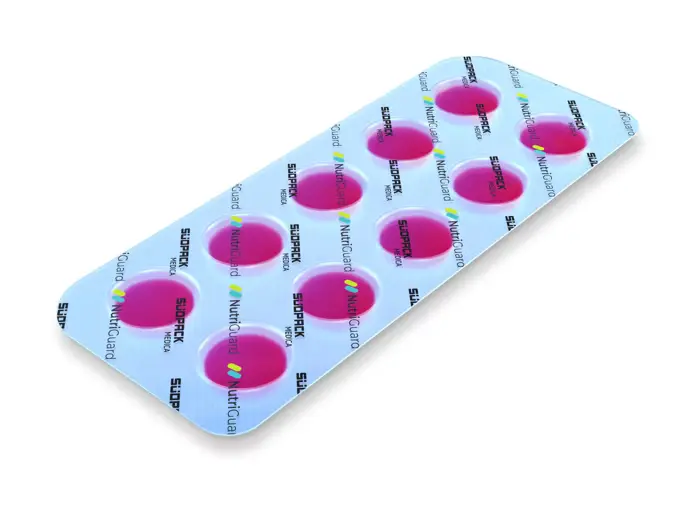
Types of Blister Packaging
There are several types of blister packaging, each suited to different product requirements:
- Carded blister packs: Products are sealed between a pre-formed plastic blister and a printed cardboard backing.
- Clamshell packaging: A single piece of plastic is folded over to encase the product completely.
- Face-seal blister packs: Similar to carded blisters, but with the plastic extending to the edges of the card.
- Full-face seal blisters: The entire front of the card is covered with plastic, offering maximum protection.
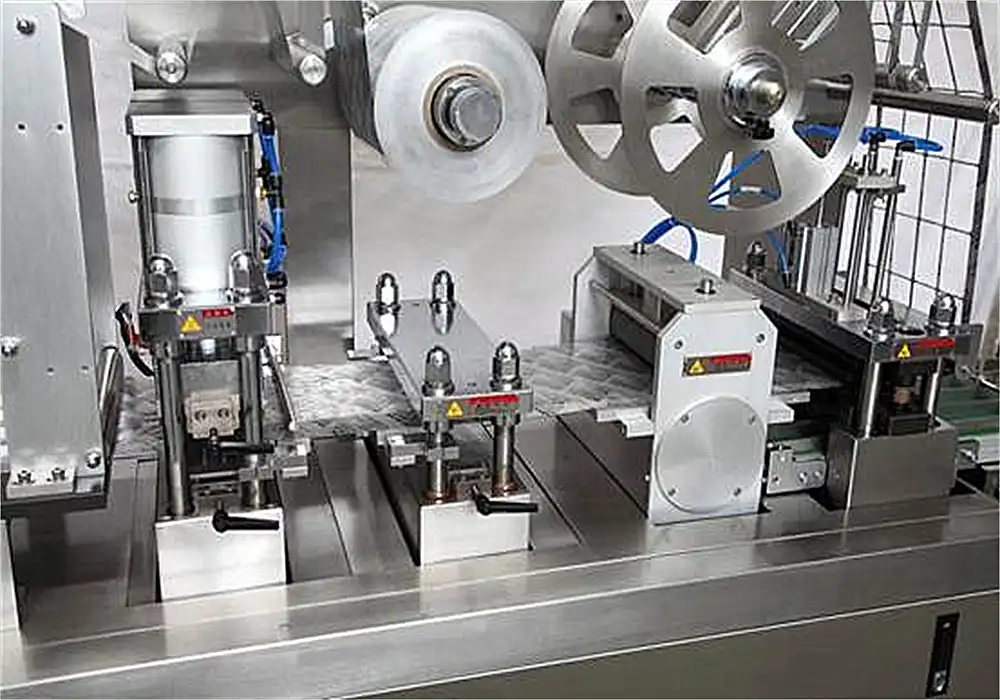
Benefits of Using Blister Packaging
Blister packaging offers numerous advantages, including those enabled by high speed blister packing machine systems:
- Enhanced product visibility
- Improved tamper-evidence
- Protection against environmental factors
- Customizable designs for branding
- Efficient use of shelf space
- Compatibility with automated packaging processes

The Step-by-Step Blister Packaging Process
Material Selection and Preparation
The first step in the blister packaging process involves selecting appropriate materials. This typically includes choosing the right plastic for the blister and the backing material. Common plastics used include PVC, PET, and PETG, each offering different properties in terms of clarity, durability, and barrier protection. The backing material can range from paperboard to foil, depending on the product requirements.
Once materials are selected, they are prepared for the packaging process. This may involve cutting the backing material to size and ensuring the plastic sheets are ready for thermoforming. Quality control at this stage is crucial to prevent issues later in the process.
Thermoforming the Blister
Thermoforming is a critical step where the plastic sheet is heated and molded into the desired shape to create the blister cavity. This process typically involves the following steps:
- Heating the plastic sheet to its forming temperature
- Applying pressure to mold the softened plastic into a cavity or mold
- Cooling the formed plastic to retain its shape
- Trimming excess material
Advanced blister packaging machinery can perform these steps with high precision and efficiency, ensuring consistent quality across large production runs.
Product Placement and Sealing
After the blisters are formed, products are carefully placed into each cavity. This can be done manually for small-scale operations or using automated systems for high-volume production. Once the products are in place, the backing material is aligned and sealed to the blister.
The sealing process can vary depending on the materials used and the level of protection required. Common sealing methods include:
- Heat sealing
- Radio frequency (RF) sealing
- Ultrasonic sealing
Modern blister packaging equipment often incorporates advanced sealing technologies to ensure a secure and hermetic seal, crucial for maintaining product integrity.
Optimizing Blister Packaging Operations
Selecting the Right Blister Packaging Machinery
Choosing the appropriate blister packaging machinery is crucial for efficient and high-quality production. Factors to consider include:
- Production volume requirements
- Types of products being packaged
- Desired level of automation
- Available floor space
- Budget constraints
Leading manufacturers like Zhejiang Haizhong Machinery Co., Ltd. offer a range of blister packaging equipment suited to various production needs, from small-scale operations to high-volume industrial applications.
Quality Control and Inspection
Maintaining high quality standards throughout the blister packaging process is essential. This involves regular inspection and quality control measures, including:
- Visual inspection of formed blisters for defects
- Seal integrity testing
- Product placement verification
- Package dimension and weight checks
Many modern blister packaging machines incorporate automated inspection systems to ensure consistent quality and reduce the risk of defective packages reaching consumers.
Sustainability Considerations in Blister Packaging
As environmental concerns grow, the packaging industry is increasingly focusing on sustainability. In blister packaging, this can involve:
- Using recycled or biodegradable materials
- Optimizing package design to reduce material usage
- Implementing energy-efficient packaging processes
- Designing packages for easy recycling or disposal
By considering these factors, companies can reduce their environmental impact while still benefiting from the advantages of blister packaging.
Conclusion
The blister packaging process is a sophisticated yet highly efficient method of protecting and presenting products. From material selection to final quality control, each step plays a crucial role in creating effective packaging solutions. By understanding the intricacies of blister machine packing and leveraging advanced blister packaging equipment, businesses can optimize their packaging operations, enhance product protection, and improve shelf appeal. As technology continues to evolve, staying informed about the latest developments in blister packaging machinery and techniques is essential for maintaining a competitive edge in the market.
Contact Us
For more information on cutting-edge blister packaging solutions and to explore how our equipment can enhance your packaging operations, please contact us at [email protected]. Our team of experts is ready to help you find the perfect packaging solution for your unique needs.

